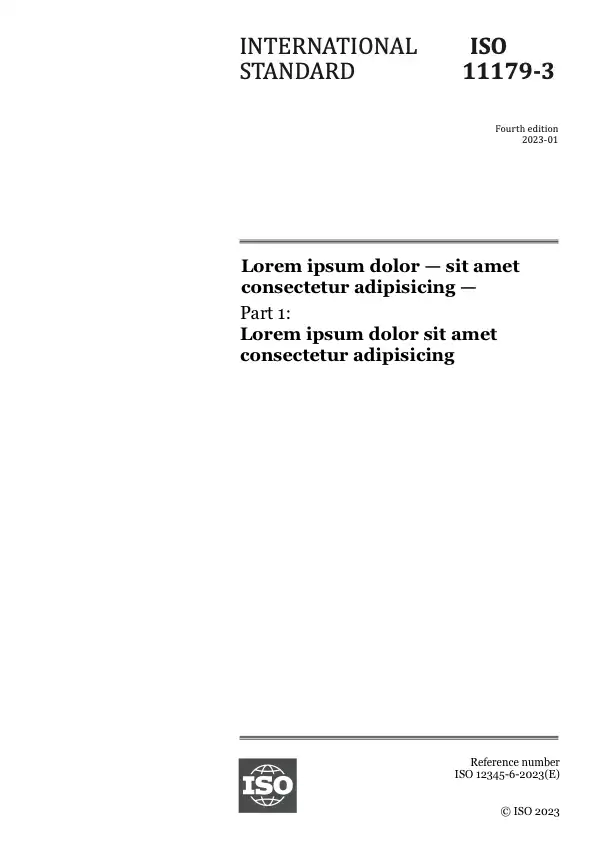Abstract
ISO 22840:2010 for extended-range backing aids (ERBA) addresses light-duty vehicles [e.g. passenger cars, pick-up trucks, light vans and sport utility vehicles (motorcycles excluded)] equipped with such ERBA systems. ISO 22840:2010 establishes minimum functionality requirements that the driver can expect of the system, such as the detection of and information on the presence of relevant obstacles within a defined detection range. ISO 22840:2010 also sets minimum requirements for failure indication as well as performance test procedures. ISO 22840:2010 includes rules for the general information strategy but does not restrict the kind of information or display system.
ERBA systems are intended to provide backing aid functionality over an extended area located aft of the subject vehicle. ERBA systems are not intended for short-range detection of obstacles located immediately behind the vehicle. If a short-range detection system is needed, either in lieu of or in addition to an ERBA system, reference can be made to ISO 17386.
ISO 22840:2010 does not include reversing aids and obstacle-detection devices for use on heavy commercial vehicles. Requirements for those systems are defined in ISO/TR 12155. ISO 22840:2010 does not include visibility-enhancement systems, such as video-camera aids that do not have distance ranging and warning capabilities.
ERBA systems use object-detection devices (sensors) for detection and ranging in order to provide the driver with information based on the distance to obstacles. The sensing technology is not addressed; however, technology does affect the performance test procedures defined in ISO 22840:2010. The test objects are defined based on systems using ultrasonic and radar sensors, which are the most commonly used detection technology for long-range applications at the time of publication of ISO 22840:2010.
ERBA systems are intended to supplement the interior and exterior rear view mirrors, not eliminate the requirement for such mirrors. Automatic actions (e.g. applying brakes to prevent a collision between the subject vehicle and the obstacle) are not addressed in ISO 22840:2010. Responsibility for the safe operation of the vehicle remains with the driver.
ERBA systems calculate a dynamic estimate of collision danger (e.g. perhaps using a time-to-collision algorithm) and warn the driver that immediate attention is required in order to avoid colliding with the detected obstacle. A dynamic warning is necessary for the higher vehicle speeds that occur in backing events where the relative closing velocities between the vehicle and the obstacle are greater as compared to low-speed situations, such as parking. The purpose of this dynamic warning is to deliver a more urgent warning to the driver in order for the driver to take timely action. Distance indications are optional, but if so included, it is recommended that reference be made to ISO 15008 for requirements.
Read sample
General information
-
Status: PublishedPublication date: 2010-04Stage: Close of review [90.60]
-
Edition: 1Number of pages: 24
-
Technical Committee :ISO/TC 204
- RSS updates
Life cycle
Got a question?
Check out our FAQs
Opening hours:
Monday to Friday - 09:00-12:00, 14:00-17:00 (UTC+1)

